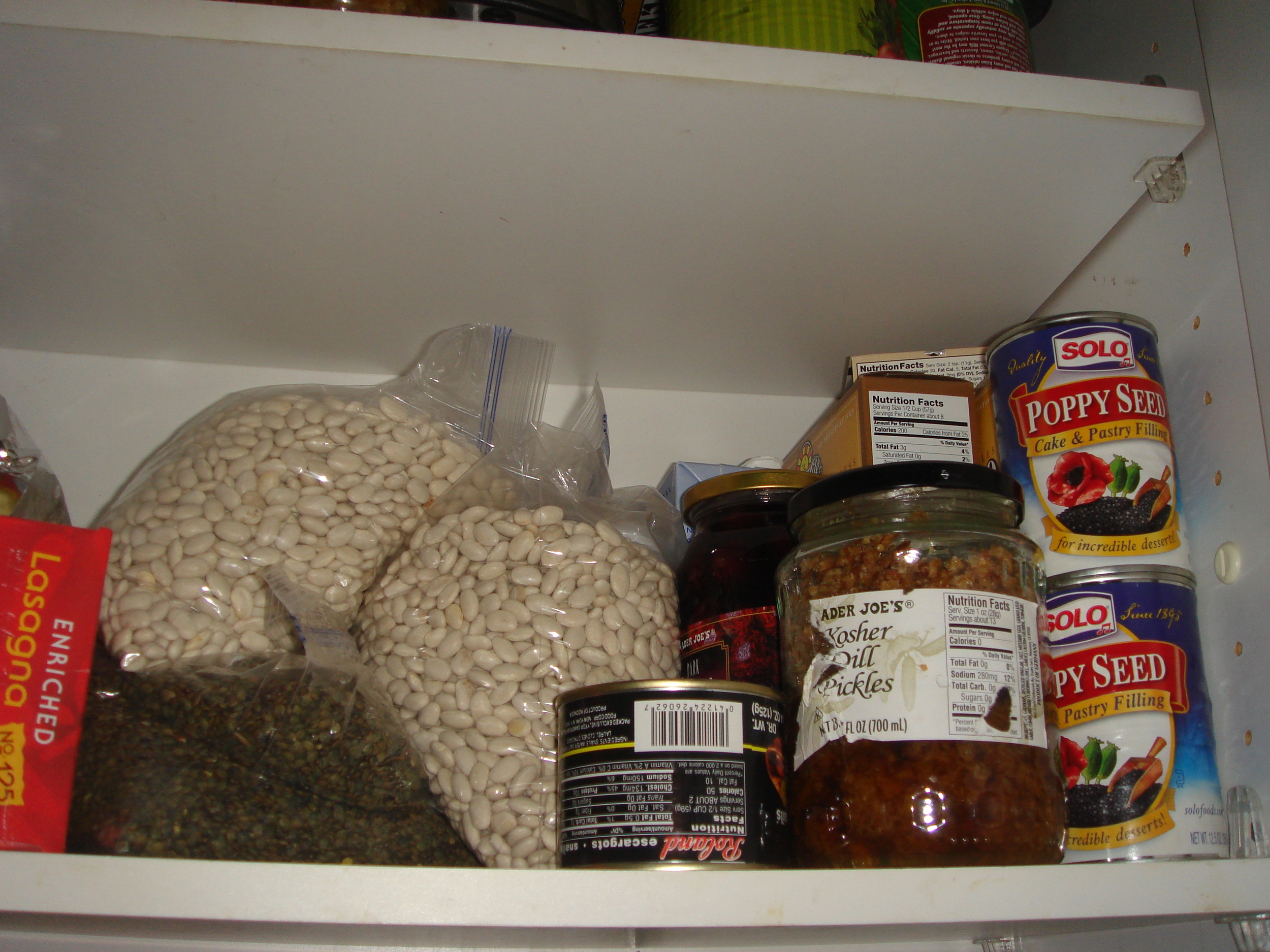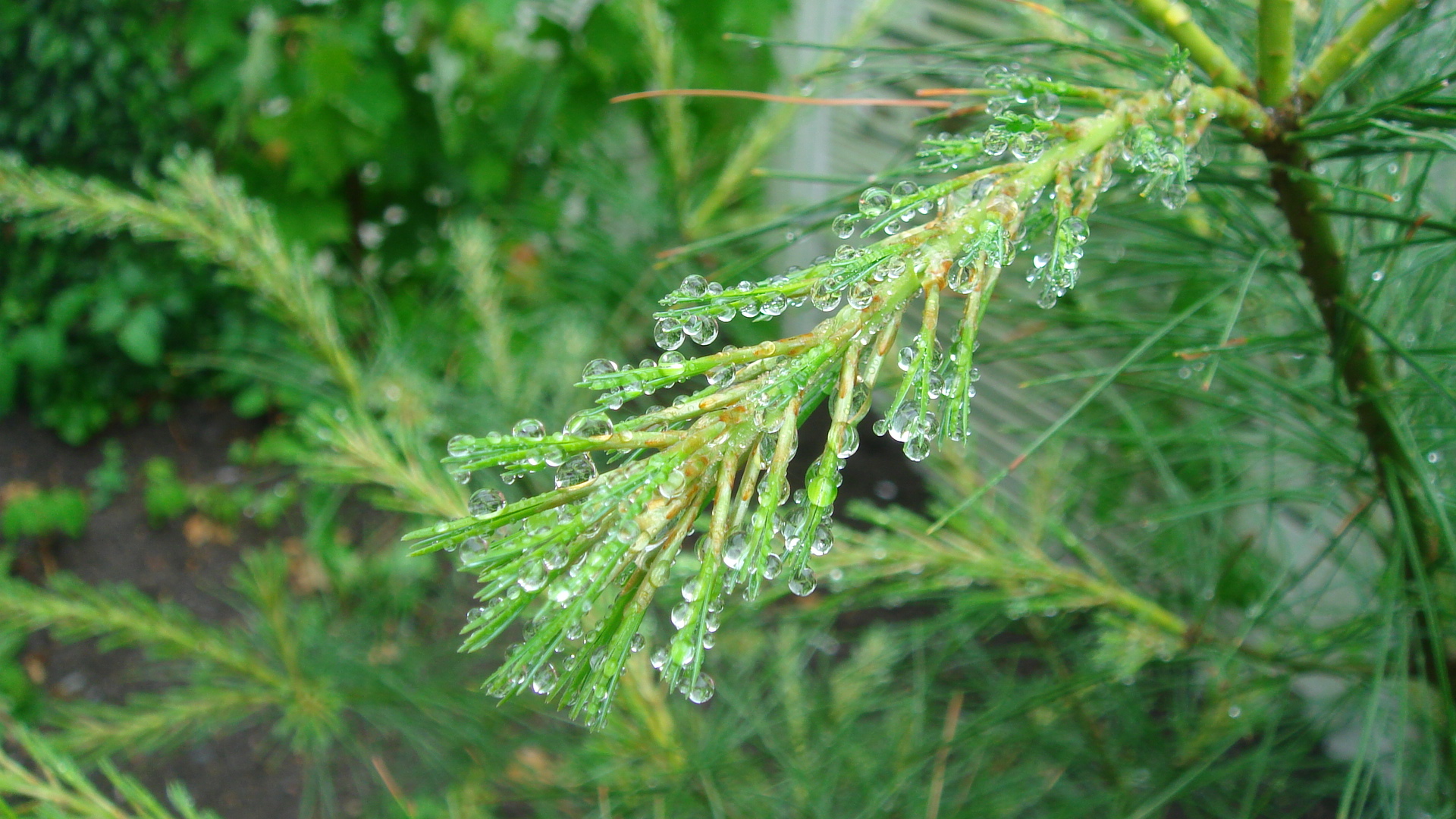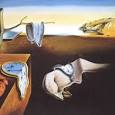That's what my yoga teacher said the other day. It's important to realize that people don't do things and or say things to annoy you. People do whatever they do, and say whatever they say, from the perspective of their own emotional needs.
We all have common universal emotional needs, such as the needs for love, shelter, safety, nourishment, sleep; and we have more individualistic emotional needs for say beauty, peace, creativity, order, quiet, connection, community and so on.
We usually operate in an egocentric world and thus live from the perspective of our individual needs. When those needs are not recognized or met we tend to get irritated, annoyed, impatient, angry, or even furious. These emotions signal our own, not the other person's unmet needs.
When my daughter does her math homework slowly, methodically, not too neatly, I tend to become impatient and raise the tone of my voice. That signals my unmet need for neatness and organization, and my self-imposed desire to get on with it and on to other activities. I need to remind myself that I irritate myself, my daughter doesn't irritate me for the sake of irritating me.
So, instead of becoming bitter at others for supposedly annoying us all day long, hassling us, wanting to irritate and frustrate us, bitter at what life throws in our way, let's dig a bit deeper into those emotions. Let them make us better, more compassionate and understanding.





















